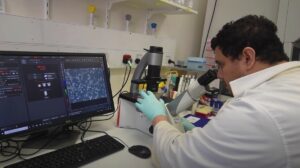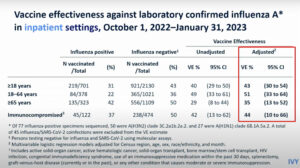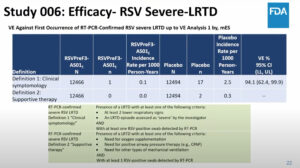NEW YORK (Reuters Health) – Sublingual and oral immunotherapy may help some children with milk allergy, but clinical desensitization is quickly lost and systemic reactions occur with oral therapy, a new study shows.
“We found that both sublingual and oral immunotherapy benefited children with cow’s milk allergy in that they were able to consume much more milk without symptoms at the end of the study than they could at the beginning of the study,” said Dr. Corinne A. Keet from Johns Hopkins University School of Medicine in Baltimore.
“However, oral immunotherapy, which used higher doses, was more effective,” she told Reuters Health by email.
The new findings appeared online November 30 in the Journal of Allergy and Clinical Immunology.
Dr. Keet and her colleagues randomized 30 children with cow’s milk allergy to either sublingual immunotherapy or sublingual immunotherapy followed by oral immunotherapy.
All children started out on sublingual therapy, with dose escalation over six weeks. Then they were randomized to either sublingual maintenance therapy (goal dose, 7 mg) or one of two doses of oral maintenance therapy (goal dose, 1 g and 2 g). The maintenance periods lasted 60 weeks each.
After the maintenance period, the median food challenge threshold increased 40 times for children in the sublingual immunotherapy group, 159 times for children in the 1-g oral immunotherapy group, and 54-fold for children in the 2-g oral immunotherapy group.
Sixty percent of the sublingual immunotherapy group and 90% of each of the oral immunotherapy groups experienced at least a 10-fold increase in the food challenge threshold.
When immunotherapy was withdrawn, two children in the 1-g oral immunotherapy group reacted on food challenge after only one week. One child in the 1-g oral immunotherapy group and three in the 2-g oral immunotherapy group failed the challenge after six weeks off therapy.
“One result that surprised us was how quickly children could lose desensitization,” Dr. Keet said. “This is another reason for caution with these methods.”
At the end of the study period, one of 10 sublingual immunotherapy children, three of 10 1-g oral immunotherapy children, and five of 10 2-g oral immunotherapy children were considered tolerant.
There were symptoms with 29% of the sublingual doses and 23% of the oral doses.
Total, oral, and skin symptoms did not differ between the treatment groups. However, there were significantly more multisystem, upper respiratory tract, gastrointestinal tract, and lower respiratory tract symptoms during oral immunotherapy than during sublingual immunotherapy.
Cow’s milk-specific IgG4 levels increased and remained high in all treatment groups, and skin prick test reactivity to cow’s milk decreased and remained below baseline values in all groups.
Spontaneous histamine release from basophils did not change in the sublingual immunotherapy group but decreased significantly with oral immunotherapy.
Constitutive expression of CD203c increased transiently and then decreased below baseline values in both treatment groups and remained low in the oral immunotherapy group.
“These methods are far from perfect, and I think are not ready for general use in allergy practices,” Dr. Keet concluded. “They show a lot of promise, but many aspects, including both safety and efficacy, need to be improved before widespread adoption of this method.”
“One alternative which is getting more attention recently is to use milk in baked goods to desensitize,” Dr. Keet added. “For some children, this is a good option, but some children are unable to tolerate even the small amounts of milk in baked goods needed to start desensitization. So, for many children with milk allergy there aren’t any good alternatives.”
SOURCE:
The safety and efficacy of sublingual and oral immunotherapy for milk allergy. J Allergy Clin Immunol 2011.




